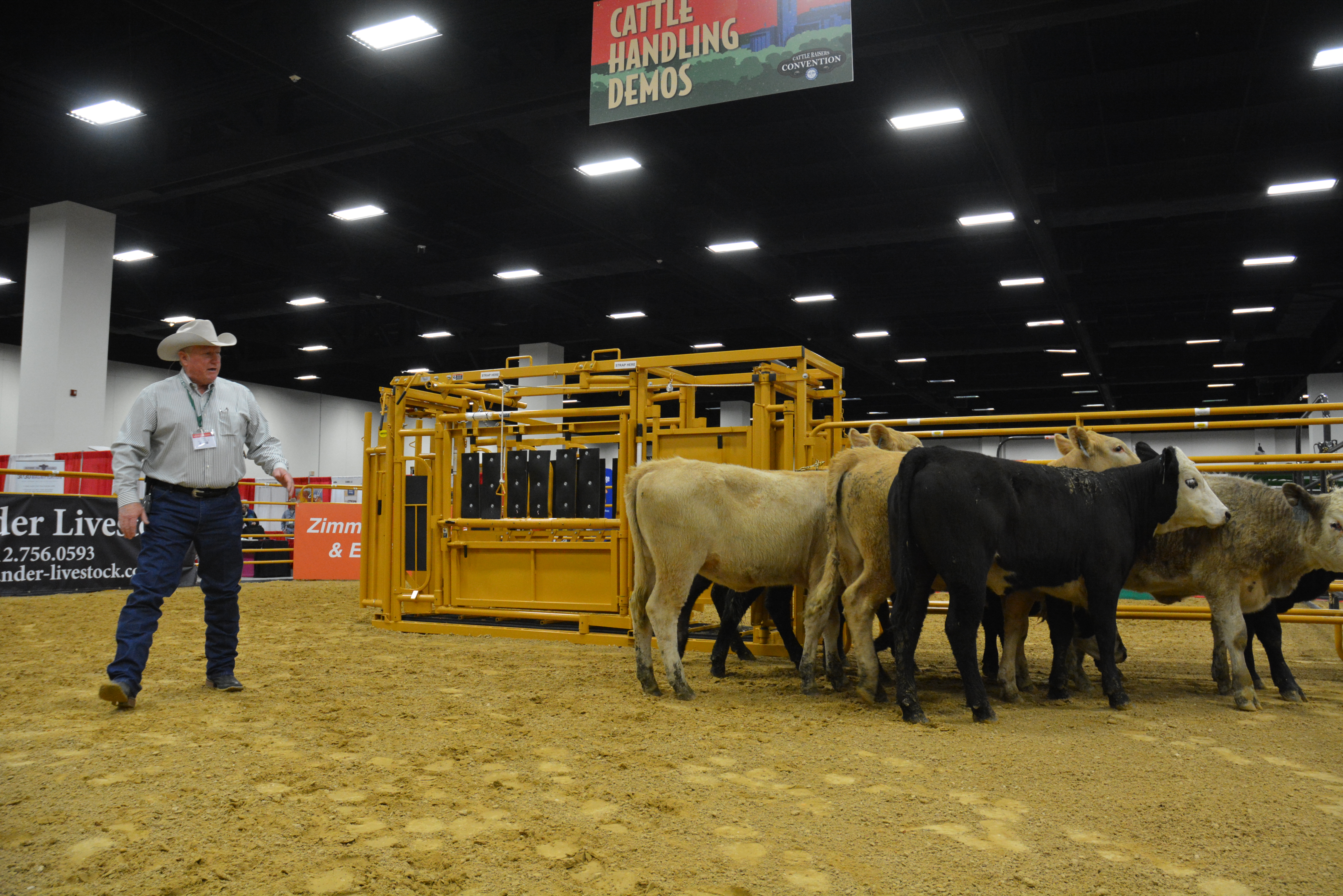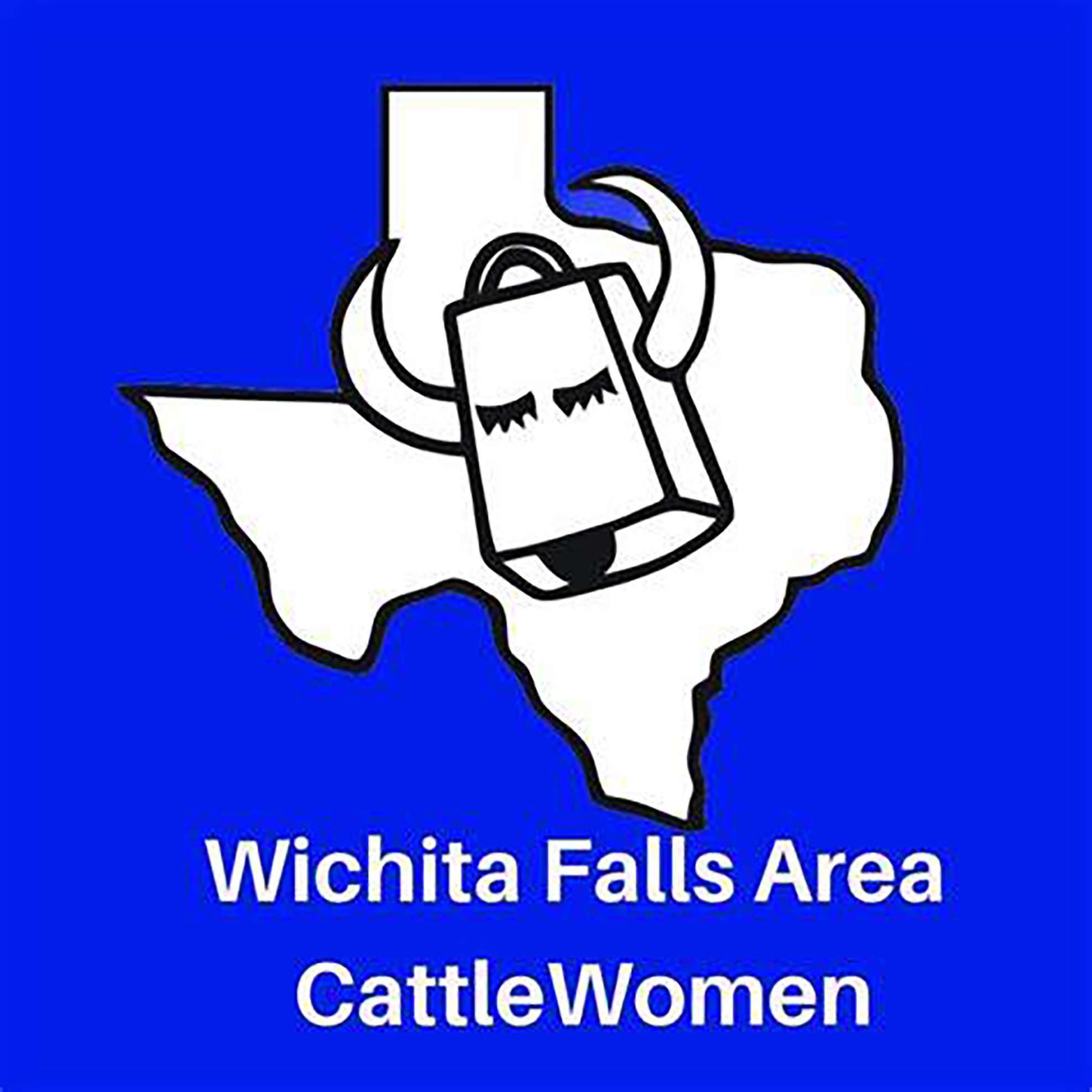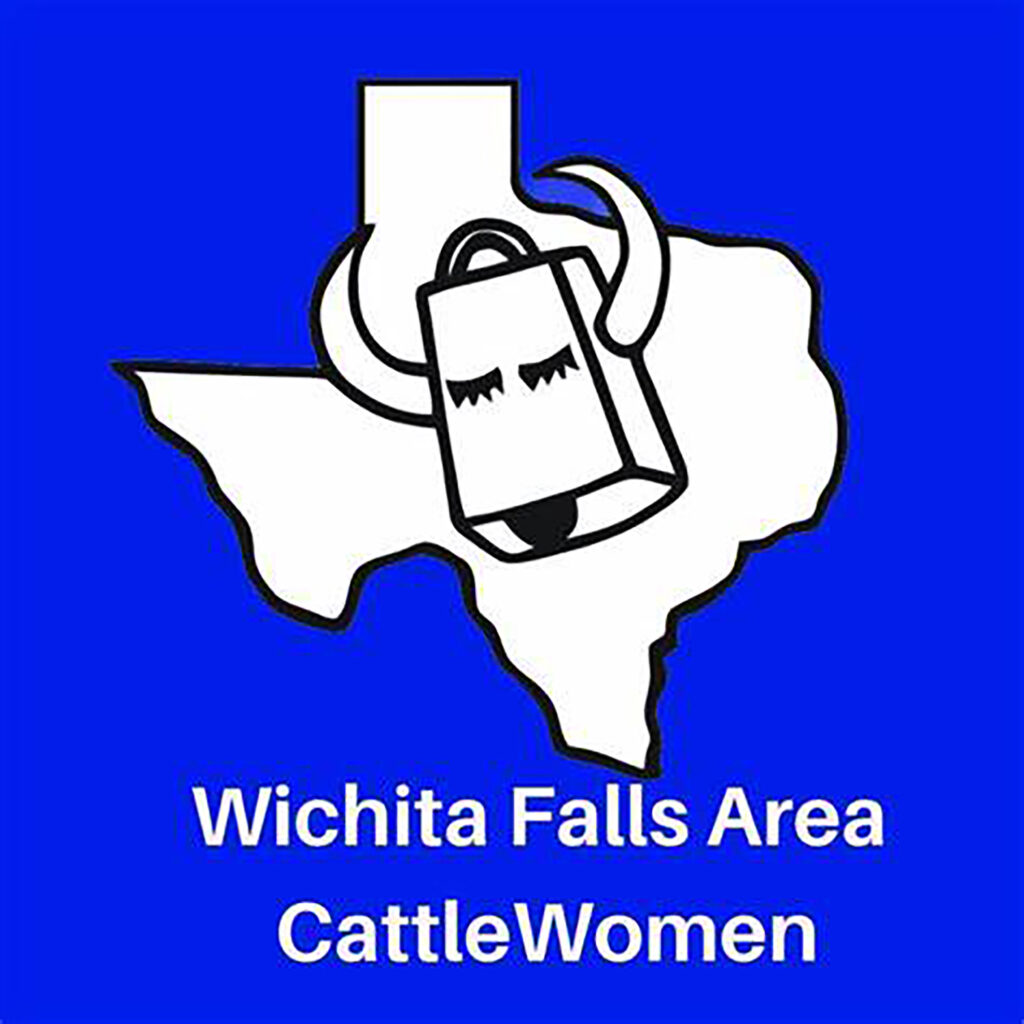HOME
Cattle raisers convention discusses market outlook, water and border security

By: Blair Fannin
Writer: Blair Fannin, 979-845-2259, [email protected]
FORT WORTH – Water, drought, border security and the cattle market outlook were pertinent issues discussed at the 2015 Texas and Southwestern Cattle Raisers Association Convention held recently at the Fort Worth Convention Center.
The three-day convention attended by 3,500 producers featured cattle handling demonstrations and presentations from industry leaders on a variety of issues.
Overall, Texas cattle producers continue to slowly rebuild herds as parts of the state continue to deal with drought conditions.
“I don’t think anybody is wholesale going out and buying bunches of cows and restocking,” said Dr. Joe Paschal, Texas A&M AgriLife Extension Service beef cattle specialist, Corpus Christi. Paschal gave a live demonstration on the function of a cow’s rumen during opening-day activities.
“What we’re seeing is when people normally in the past hold back 10 to 15 percent females as replacements, they are (now) holding back maybe 20 or 25 percent or they are going to buy some replacement females to fit that sort of bill,” Paschal said. “A guy that has 100 cows that is holding back 15 heifers… it doesn’t take long for that steady, slow incremental process to get us back (to larger inventory levels).”
However, Paschal said drought and high cattle prices have put a lot of producers in a dilemma of either choosing whether to sell out amid high prices and buy back later when cow costs come down in price.
“We are a long ways from getting back to where we were,” he said. “To be honest, I don’t think some folks are going to come back. As I look across the country, the big guys will come back and some of the smaller guys may not.”
Paschal advised producers to use AgriLife Extension spreadsheets and advice from the agency’s livestock economists to choose which options are best.
(Click to listen to audio file)
“We have enough AgriLife Extension spreadsheets and livestock economists who can help you as to what it is going to cost you, and can I (you) pay x amount of dollars for these cows to keep her around four to six years and still have a positive net return. It is very important to go through that process. It is pretty easy to fall in love with a cow as she runs through the ring or standing out there in the pasture and being a hold for three or five years.”
Mexico’s former President Vicente Fox was the keynote speaker, and Sylvia Longmire, author of Border Insecurity, was also a featured speaker at the convention.
Susan Combs, who served terms as Texas state comptroller and agriculture commissioner, was named honorary vice president of the Texas and Southwestern Cattle Raisers Association. Re-elected to their officer positions were President Pete Bonds, Saginaw, Executive Vice President Eldon White, Fort Worth, First Vice President Richard Thorpe, Winters, and Second Vice President Robert McKnight, Fort Davis.
-30-
HOME
Preparing Spring Gardens

By Hannah Claxton | Editor
The North Texas area is located within USDA Hardiness zones seven and eight. The zones are categorized by predicted low temperatures for winter and timing of the first and last frosts.
Zone seven usually has winter low temps between 0 and 10 degrees F with the average date of the first frost falling between Oct. 29 and Nov. 15 and the average date of the last frost falling between March 22 and April 3.
Overall, these two zones have similar climates and growing conditions, making the options for timing and variety within a garden very similar.
In these zones, cool-season crops should go in the ground in March, meaning that soil preparation should start now.
To read more, pick up a copy of the January edition of North Texas Farm & Ranch magazine, available digitally and in print. To subscribe by mail, call 940-872-5922.

HOME
Equine Vaccinations

By Heather Lloyd
Vaccinations are a critical component of maintaining the health and well-being of horses, especially in environments where they are exposed to other animals, such as in the sport, show and performance arenas. Horses, like all animals, are susceptible to various infectious diseases that can spread quickly and cause serious harm.
A routine vaccination schedule helps prevent the spread of these diseases by preparing the horse’s immune system.
To read more, pick up a copy of the November edition of North Texas Farm & Ranch magazine, available digitally and in print. To subscribe by mail, call 940-872-5922.

HOME
Wichita Falls Area Cattlewomen

Having herds on a controlled breeding schedule means that we have a predictable calving schedule, and while it’s only over a couple of months, for us it does fall right after the start of the year. I lobby annually to call ours the “Winter calving season”, but I am outvoted and my husband still refers to it as Spring. Unlike producers in our Northern States, we don’t have to contend with brutally harsh winter weather, and on those rare times we do, thankfully it is not for extended periods. Regardless of whether you have a Spring or a Fall calving schedule, the health of a newborn calf begins with the mother’s health, and the mother’s health is largely dependent on the producer.
To read more, pick up a copy of the November edition of North Texas Farm & Ranch magazine, available digitally and in print. To subscribe by mail, call 940-872-5922.

-

 Country Lifestyles2 years ago
Country Lifestyles2 years agoScott & Stacey Schumacher: A Growth Mindset
-

 Country Lifestyles8 years ago
Country Lifestyles8 years agoStyle Your Profile – What your style cowboy hat says about you and new trends in 2017
-

 HOME8 years ago
HOME8 years agoGrazing North Texas – Wilman Lovegrass
-

 Outdoor10 years ago
Outdoor10 years agoButtercup or Primrose?
-

 Equine1 year ago
Equine1 year agoThe Will to Win
-

 Country Lifestyles5 years ago
Country Lifestyles5 years agoAmber Crawford, Breakaway Roper
-

 Country Lifestyles9 years ago
Country Lifestyles9 years agoJune 2016 Profile – The man behind the mic: Bob Tallman
-

 Country Lifestyles8 years ago
Country Lifestyles8 years agoDecember 2016 Profile, Rusty Riddle – The Riddle Way




